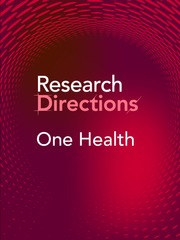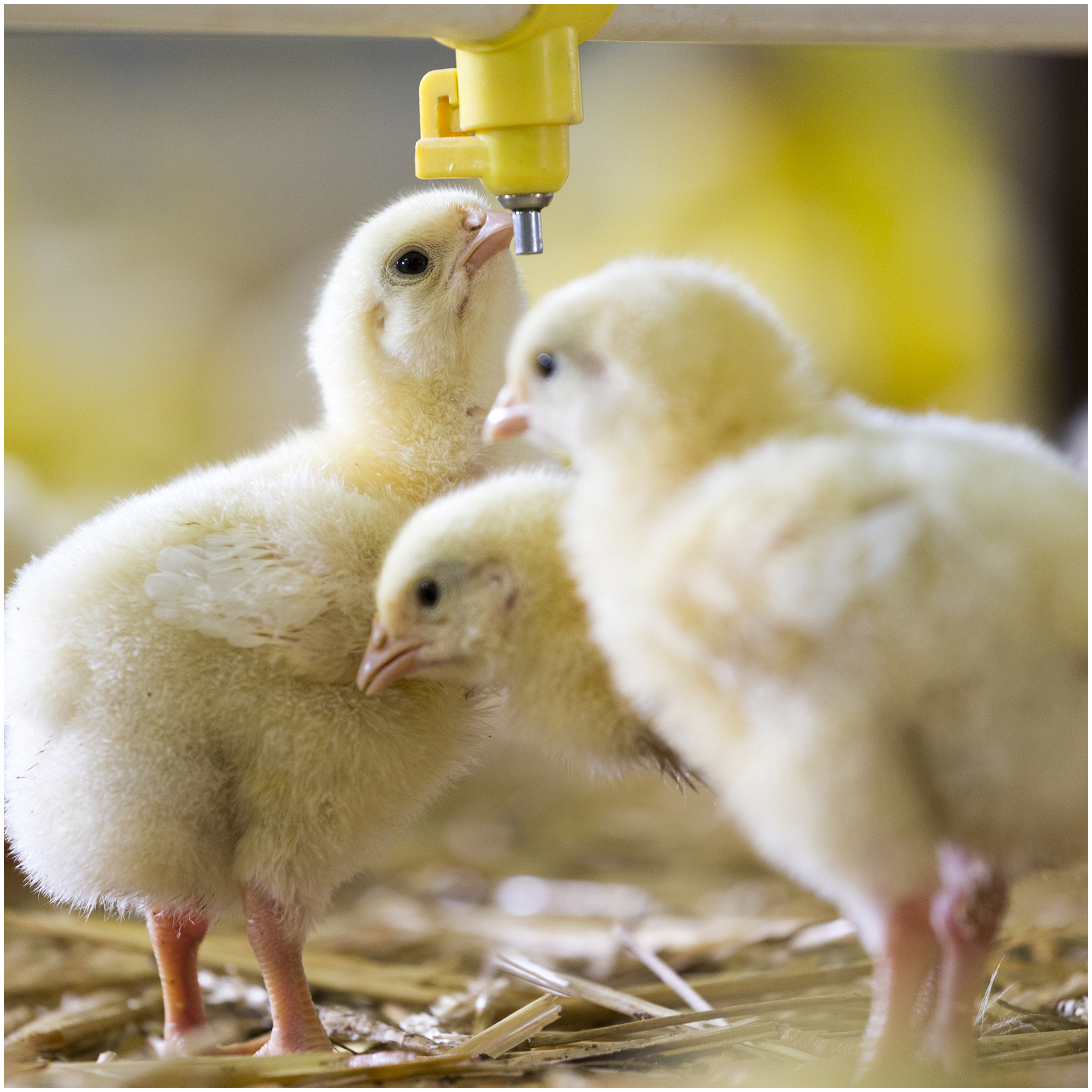Context
Animal agriculture is in the spotlight as commentators and researchers assess its contribution to greenhouse gas emissions, emerging infectious disease, environmental degradation, non-communicable food-related diseases and inadequate animal welfare. To date, however, research has largely failed to explore the significant differences between livestock species and the range of production systems under which they are raised. There is an absence of validated classification systems that are based on ontological processes. In many areas of the world, traditional livestock raising practices have survived for thousands of years and continue to date, yet they are under pressure with human population pressure, land and water use. In the 20th century, intensive livestock production systems were hailed as economic successes with environmental externalities largely ignored. Moving forward what constitutes ‘tolerable’ animal agriculture in a changing world facing multiple existential threats? Do the limits vary across geographies, production systems and cultures? If they do, how can these differences be measured? How might these limits contribute to defining associated sustainable and circular bioeconomies?
How to contribute to this Question
If you believe you can contribute to answering this Question with your research outputs find out how to submit in the Instructions for authors (https://www.cambridge.org/core/journals/research-directions-one-health/information/author-instructions). This journal publishes results, analyses, impact papers and additional content such as preprints and ‘grey literature’. Questions will be closed when the editors agree that enough has been published to answer the Question so before submitting, check if this is still an active Question. If it is closed, another relevant Question may be currently open, so do review all the open Questions in your field. For any further queries check the information pages (https://www.cambridge.org/core/journals/research-directions-one-health/information/about-this-journal) or contact this email ([email protected]).
Competing interests
The authors declare none.




